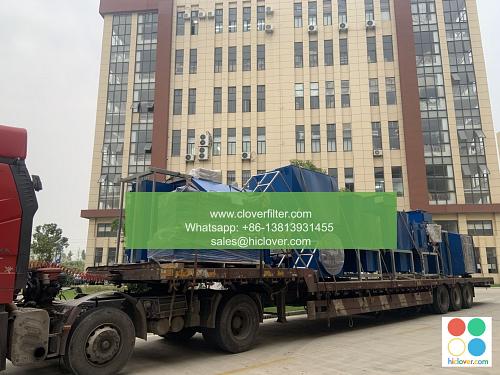The Impact of Air Filter Size on Your Dehumidifier’s Performance

Dehumidifiers are an essential appliance in many homes, particularly in humid climates, to remove excess moisture from the air and prevent mold growth. However, the performance of your dehumidifier can be greatly affected by the size of its air filter. In this article, we will discuss the importance of air filter size and its impact on your dehumidifier’s humidity control, energy efficiency, and indoor air quality.
How Air Filter Size Affects Dehumidifier Performance
A dehumidifier’s air filter plays a crucial role in capturing dust, pollen, and other airborne particles that can affect the appliance’s performance. A properly sized air filter ensures that the dehumidifier can draw in the right amount of air, allowing it to efficiently remove excess moisture. If the air filter is too small, it can restrict airflow, reducing the dehumidifier’s ability to remove humidity and leading to increased energy consumption. On the other hand, an oversized air filter can be less effective at capturing particles, potentially leading to reduced indoor air quality.
Application Areas: Where Air Filter Size Matters
The impact of air filter size on dehumidifier performance is not limited to residential settings. In commercial applications, such as basement dehumidification or industrial humidity control, the correct air filter size is critical to maintaining a healthy indoor environment and preventing moisture-related damage. Additionally, in medical facilities and data centers, where precise humidity control is essential, a properly sized air filter can help prevent equipment damage and ensure optimal operating conditions.
Factors to Consider When Selecting an Air Filter Size
When selecting an air filter size for your dehumidifier, consider the following factors:
* Dehumidifier capacity: Choose an air filter size that matches the dehumidifier’s capacity to ensure optimal performance.
* Room size: Select an air filter size that can handle the air volume of the room or space where the dehumidifier will be used.
* Airflow rate: Consider the dehumidifier’s airflow rate and choose an air filter size that can accommodate it.
* Filter type: Choose a filter type that is compatible with your dehumidifier and can capture the desired particles, such as HEPA filters for allergy sufferers.
Best Practices for Maintaining Your Dehumidifier’s Air Filter
To ensure your dehumidifier’s air filter continues to perform optimally, follow these best practices:
* Regularly clean or replace the air filter according to the manufacturer’s instructions.
* Check filter condition regularly to ensure it is not damaged or clogged.
* Upgrade to a high-quality filter if you notice a decrease in dehumidifier performance.
In conclusion, the size of your dehumidifier’s air filter plays a significant role in its performance, affecting humidity control, energy efficiency, and indoor air quality. By selecting the correct air filter size and following best practices for maintenance, you can ensure your dehumidifier operates efficiently and effectively, providing a healthy and comfortable indoor environment for years to come. Prompt

